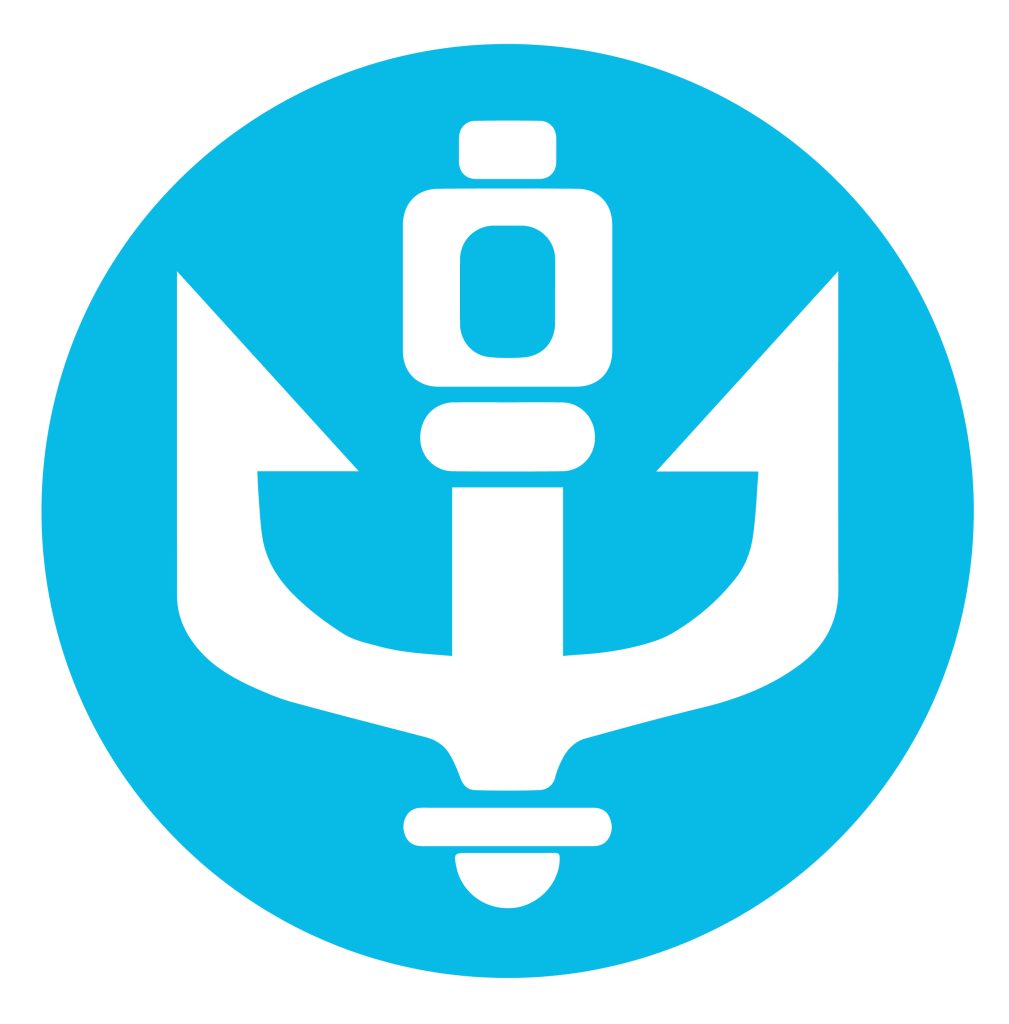A new paper titled “‘Hippapai!’ Horse-Carriers: A Master Ship of Ancient Thalassocracies” was recently published in Klio by Dr. Emmanuel Nantet!
Most powerful ancient navies included a type of ship that conveyed cavalry known as hippagogos – a master weapon of all sea powers – to carry out their expeditions overseas. Ancient thalassocracies understood that their dominion depended not only on fighting ships. Cavalry was necessary for victory on land and was thus a necessary component of their maritime strategy. Control of Mediterranean waters necessitated the construction of horse-carriers that provided much needed auxiliary support to the fleet. Although a naval force might include only a few of these vessels, their role was essential, and for this reason they were part of every significant fleet. Only sea powers with large resources and advanced nautical skills could commission horse-transports, which were old warships that had been transformed. This investigation traces the evolution in the use of vessels conveying cavalry from Persian expeditions in the Aegean to the Battle of Actium. The study considers the literary and epigraphic sources evidencing them in order to emphasize their continued importance for the evolution of naval warfare throughout antiquity. Athenian horse-carriers are the best documented examples and are considered the most extensively, even though many other powers used these kinds of vessels. At the peak of their maritime empire, the Athenian employed horse-carriers on multiple occasions against their enemies. The city-state was renowned for them to the extent that Aristophanes dedicated a comedic episode to them in his play Knights, which indicates the great interest of elites in these vessels. The article also reassesses the role of the cavalrymen who played pivotal roles in the expeditions of all maritime empires in antiquity.
Read the full paper here.


